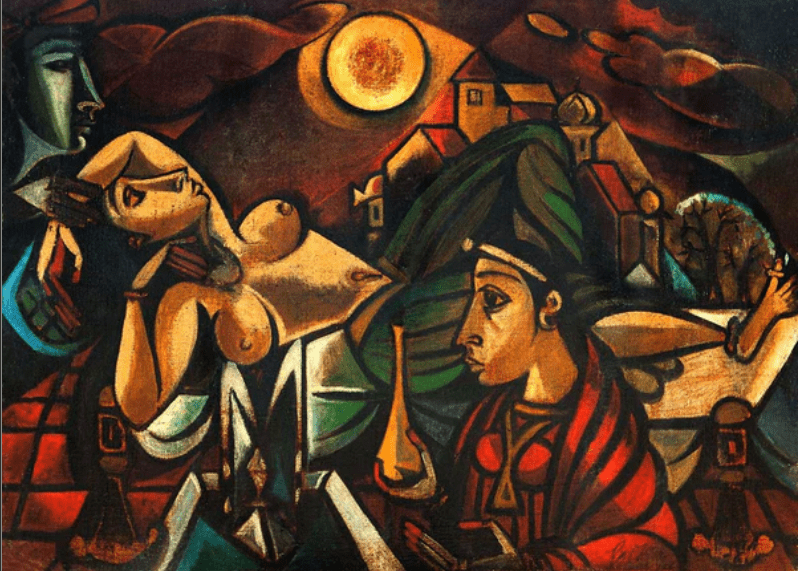Hidden Gems: The Lesser-Known Yet Expensive Masterpieces
Introduction
When the art world discusses high-value masterpieces, names like Picasso, Van Gogh, and Da Vinci dominate every conversation. Their artworks are not only iconic but are also synonymous with astronomical price tags at auctions. But what about the lesser-known expensive artworks that command just as much value—sometimes even more—despite the artist or piece being unfamiliar to the public? These hidden gems tell a different story: one of mystery, exclusivity, and often overlooked brilliance.
Many of these pieces are tucked away in private collections, never displayed in public museums or mentioned in popular culture. Still, collectors, connoisseurs, and auction houses know their worth. In this article, we explore some of the most expensive yet lesser-known masterpieces in art history, uncover the reasons for their high valuations, and reflect on what makes these hidden works so desirable in today’s market.
What Makes an Artwork Both Hidden and Valuable
The concept of a “hidden gem” in the art world refers to pieces that have immense value—culturally, aesthetically, and financially—but remain relatively unknown to the average person. Several factors contribute to this paradox.
One reason is limited visibility. Many such artworks are held in private hands, making them inaccessible for public viewing or widespread academic study. Another factor is the artist’s regional or cultural scope. While some artists are icons in their home countries, they may remain obscure on the international stage. In other cases, artists were underappreciated in their time but have been rediscovered by collectors and scholars.
Lastly, the evolving tastes of collectors and the art market often bring unexpected names into the spotlight. As institutions and investors seek diversity and uniqueness, these hidden works find their moment, often with multimillion-dollar valuations attached.
Lesser-Known Masterpieces That Fetched a Fortune
Let’s explore real-life examples of artworks that fetched enormous prices at auctions despite being lesser-known to the general public.
1. Twelve Landscape Screens by Qi Baishi – $140 Million
Chinese painter Qi Baishi is celebrated in Asia, but his name is relatively obscure outside specialist circles. His ink scroll masterpiece Twelve Landscape Screens sold for a jaw-dropping $140 million in 2017. Baishi’s delicate brushwork and poetic landscapes have long been valued in the Chinese art world, yet the Western public knows little of his genius.

2. Untitled (1982) by Jean-Michel Basquiat – $110.5 Million
While Basquiat is better known today, at the time of this sale in 2017, few outside of modern art circles could identify his work. The 1982 untitled painting sold for $110.5 million at Sotheby’s, setting a record for an American artist. The painting’s raw energy, street art influence, and emotional depth contributed to its high valuation, even though Basquiat was not considered a mainstream icon.

3. Nu Couché by Amedeo Modigliani – $170.4 Million
Modigliani’s work has always had a loyal following, but many of his paintings were once considered too provocative for public display. His reclining nude Nu Couché fetched $170.4 million at Christie’s in 2015. Despite the price, it remains a work many art viewers have never seen or heard of.
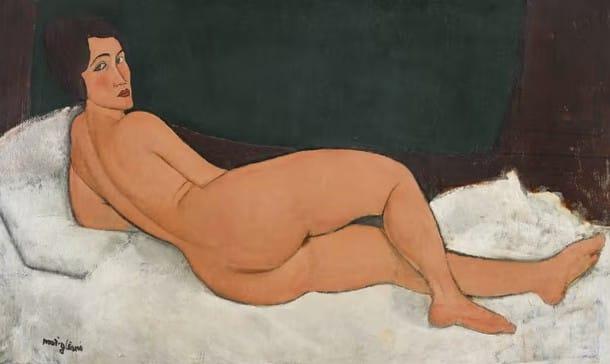
4. Complements by Brice Marden – $30.9 Million
Brice Marden is a minimalist abstract painter whose work often goes under the radar. Complements, a diptych from his later period, sold for $30.9 million at Sotheby’s in 2020. The painting, composed of layered linear forms and muted color transitions, exemplifies Marden’s meditative approach to abstract art. His name is rarely mentioned outside specialist contexts, yet his market value is immense.
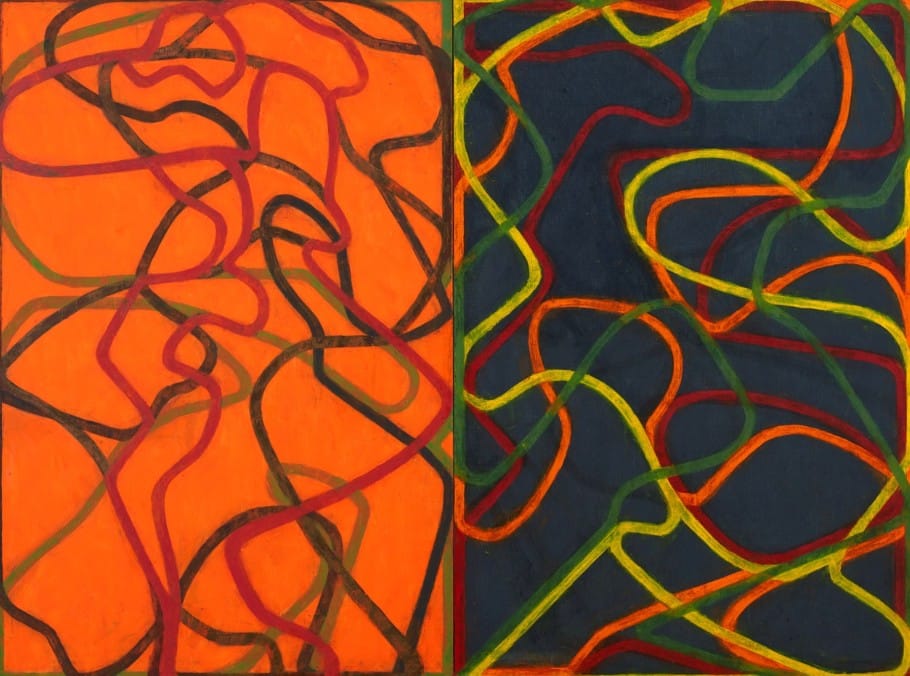
5. Portrait of Adele Bloch-Bauer II by Gustav Klimt – $87.9 Million
While Klimt is known for The Kiss, his Portrait of Adele Bloch-Bauer II remains relatively obscure. It was sold for $87.9 million in 2006. This vibrant, modernist portrait contrasts starkly with his golden, more recognized works. Its value lies not only in the artistic technique but also in its connection to cultural restitution and historical significance.
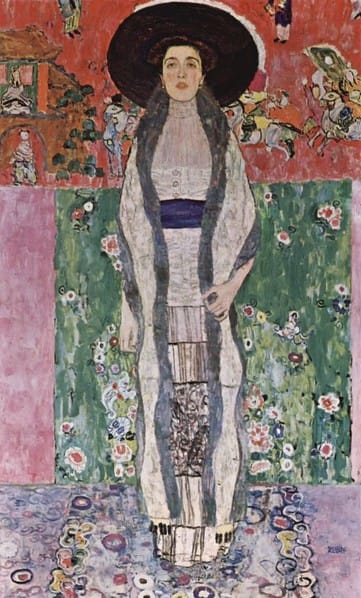
6. Takao by Kazuo Shiraga – $8.6 Million
Kazuo Shiraga was a member of Japan’s avant-garde Gutai movement. Known for painting with his feet while swinging from ropes, his energetic canvases are physical performances captured on canvas. Takao sold for $8.6 million in 2018, yet Shiraga remains a largely unknown name outside of contemporary Asian art circles.
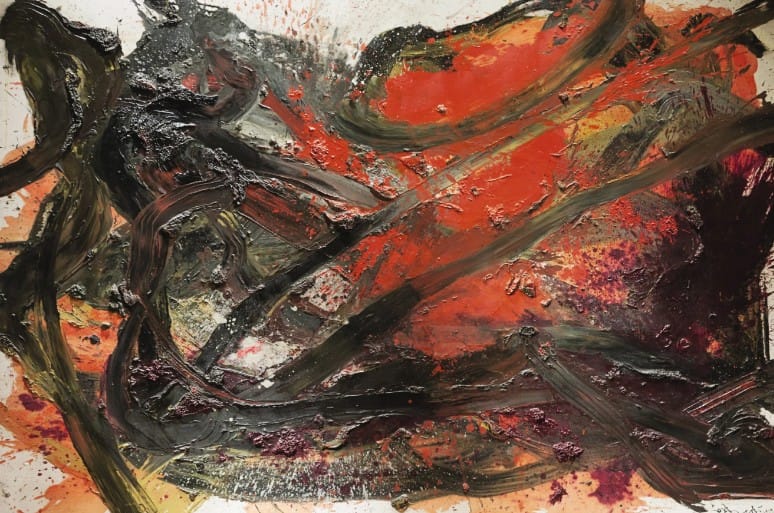
Why These Hidden Gems Are So Valuable
Scarcity
Scarcity is a major value driver. When artworks are held in private collections and seldom sold or exhibited, their market value increases due to rarity. This exclusivity appeals strongly to high-net-worth collectors.
Narrative and Context
Artworks tied to historical moments, political movements, or cultural restitution often gain emotional and symbolic weight. This context can drive value as much as visual appeal.
Market Trends
Collectors and investors often seek to diversify their portfolios with unique assets. As traditional Western art markets become saturated, attention shifts to underrepresented regions and artists, creating a surge in value for previously overlooked works.
Provenance
The story behind the ownership of an artwork—its provenance—can significantly enhance its marketability. A lesser-known painting owned by royalty or displayed in a major historical exhibition adds intangible prestige.
How Collectors Discover Hidden Gems
Major auction houses like Sotheby’s and Christie’s often play a role in bringing hidden gems to light. Meticulously researched catalogs and pre-auction buzz elevate the profile of obscure works. Wealthy collectors also depend on art advisors and curators who specialize in identifying undervalued pieces with long-term investment potential.
Private galleries and international art fairs such as Art Basel and TEFAF have also become key venues for unveiling lesser-known expensive artworks. These events introduce global audiences to hidden treasures, often setting the stage for future auctions or institutional interest.
The Role of Museums and Exhibitions
Museum retrospectives and curated exhibitions have immense power to reframe the narrative around unknown or forgotten artists. Once a museum gives institutional backing to an artist, it can completely change their market perception. Recent shows highlighting women, indigenous, and non-Western artists have led to a dramatic reevaluation of many underappreciated creators.
Some institutions even specialize in showcasing hidden gems. For instance, the Rubell Museum in Miami is renowned for spotlighting emerging and lesser-known artists who later achieve critical acclaim.
Why It Matters for the Future of Art
Focusing on lesser-known expensive artworks helps us diversify the canon of art history. It challenges the dominance of a few famous names and gives space to new narratives—be it gender, region, or philosophy. As the art world becomes more global and inclusive, we can expect many more hidden gems to rise in visibility and value.
Collecting and celebrating these works also fosters cultural preservation. Many hidden gems are not just beautiful objects—they are vessels of tradition, resistance, and memory. Bringing them into the light ensures that their stories are not lost to time.
Conclusion
The world of art is much deeper than its most recognizable names. Behind every celebrated canvas are dozens of equally compelling yet overlooked masterpieces waiting to be rediscovered. These lesser-known expensive artworks challenge our assumptions about fame, value, and importance in the art market.
By paying attention to these hidden gems, collectors and institutions are not just investing in rare objects—they’re also expanding the narrative of what art can be. And in doing so, they’re helping to redefine the cultural and financial landscape of the 21st-century art world.
For more insights into rare and valuable artworks from across the globe, visit ISKUSS – celebrating timeless artistry
